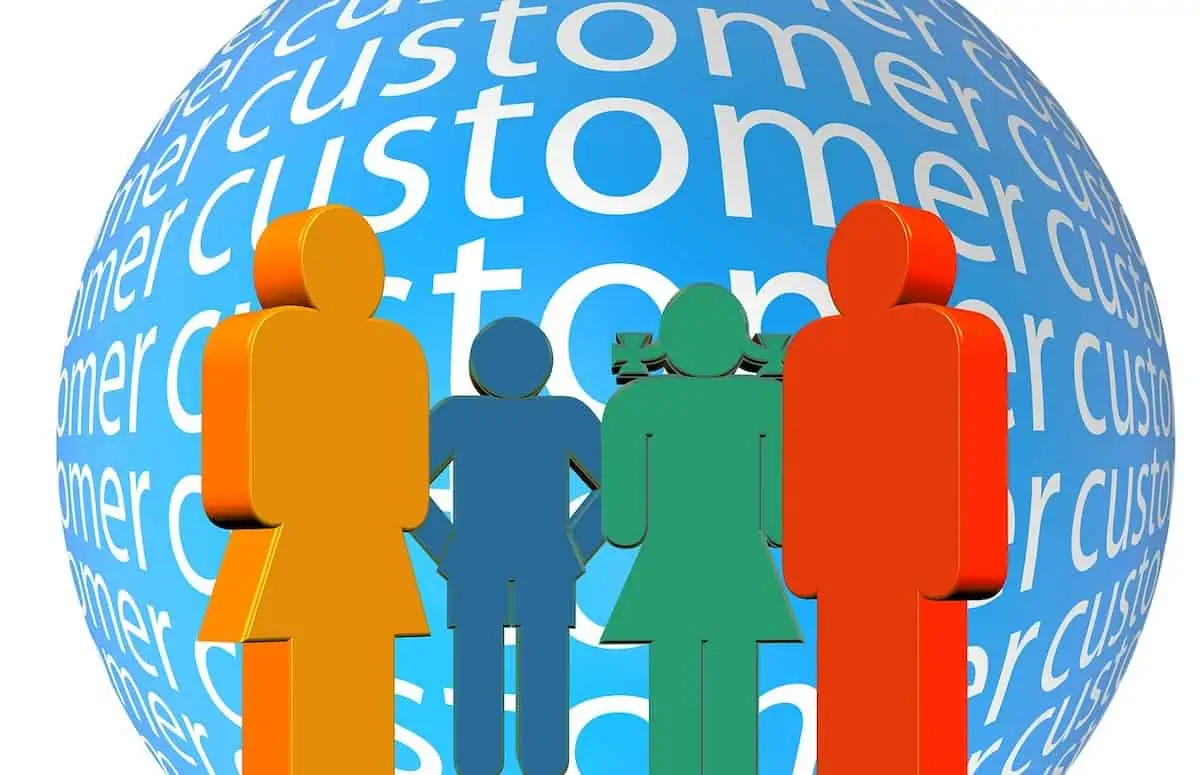


The goal of every entrepreneur is to create a product or service that people want to use. With a flash of inspiration, some market research, and a touch of creative thinking, this is more than possible. Once you’ve turned that killer idea into a reality, the next step is to tell people about it. You could, for example, use social media influencers or, as we move into an AI-led business world, create digital influencers. Unlike human influencers, digitally intelligent influencers can be molded and shaped into certain guises to suit a business’s brand image. The aim, of course, is to get a message out to the world and tempt people to use your product or service.
A lot of business guides focus on ideation and marketing, but there’s an equally important step that often gets overlooked: onboarding. Having a useful product or service is important, as is an effective marketing strategy, but those things count for very little if you can’t convert interest into sales. The onboarding process looks different for every company, but it’s, essentially, the process a new customer goes through when they’re purchasing a new product or service.
Each process differs. Some programs make security and ID verification a priority, others help companies streamline the sign-up process. What they all have in common, however, is efficiency. The easier it is for a customer to sign up and get to grips with a product/service, the more likely they are to stick around.
Data from the Zendesk CX Trends Report 2023 found that 72% of customers want an immediate service. There are two points to tease out here. Firstly, customers don’t want to hang around; speed and efficiency matter. Secondly, when there’s an expectation of speed and efficiency, customers are more likely to continue their journey. As we all know, journeys start with an initial step which, in the case of online services, is the onboarding process.
Therefore, what the statistics suggest is that you not only need to give new customers an easy way into the digital hub that contains your product/service, you need to set a tone. People need to feel like your business is designed to make their lives better. People need to feel like you’re not going to keep them hanging on unnecessarily and that you’ll provide help when it’s required. Many online business owners fall into the trap of trying to do everything themselves. Yes, there is a certain amount of planning you can do when it comes to onboarding, but certain processes are better handled by software.
Source: Pixabay
A lot of onboarding products are designed specifically to address the two points we’ve just raised. You might be able to use them to test landing pages, call-to-action prompts, and other page elements, for example. A/B testing platform is vital for smooth onboarding but it’s also helpful if you can run pages in real-time to get accurate breakdowns of which offer the best customer experience in practice.
You can then start to test out which customers prefer certain pages over others and why. The end result is a landing page, for example, that caters to the types of customers you want to target. Something else to consider during the onboarding process is the information you collect about your customers. Consider using services that prioritise such features of a user onboarding software. You have an obligation to vet and verify a customer’s credentials, which is why integrated anti-fraud products can lead to smooth onboarding.
Yes, you want customers, but you want the right customers. Getting tons of sign-ups that turn out to be bots is a pain to deal with and a bad look if it leads to issues that affect real customers, so don’t ignore this part of the process. When these provisions are in place and you feel like the customer experience is efficient, your job isn’t finished. Onboarding and everything else connected to the customer experience are living entities. Things need to be checked, rechecked and checked again. Some products even let you create heat maps that allow you to identify the cause of customer churn. Even the best-laid plans can fall apart or, more accurately, things can evolve.
Trends change, your business will change, and new ways of doing things come to the fore. Put simply, you need to stay on top of the customer experience. It’s not a one-and-done process. You need to refine processes that work to make them even more efficient and effective. What we’re driving at here is something every successful business knows: customer experience matters. The CEO guide to customer service from McKinsey acknowledges this and points to a three-step process (observe, shape, and perform) used by Google et al. Zendesk’s statistics support this assertion.
Source: Pixabay
Don’t work hard creating a product and marketing then fall down when it comes to onboarding. New customers don’t have time to waste. We live in a world of options and, to some extent, an ephemeral world. If you can’t deliver on a promise within a short period of time, customers will go to the next best option. It’s that simple. So, once you get someone to visit your website, make sure they can get into the mix quickly. In addition to speed, customers need to feel supported. Help should be readily available and the instructions should be clear.
Finally, customers should have options. A customer with previous knowledge or experience probably doesn’t need a walkthrough tutorial but a complete novice might. The onboarding experience needs to take these things into account. That’s the important thing here. Why? Because we know 72% of customers want an immediate service. We also know that 60% of customers will choose a business based on service expectations. Therefore, if you want to build a successful business, you need to create a slick onboarding process. Think carefully about it and utilize the right software. Doing this will help you turn potential customers into loyal customers.